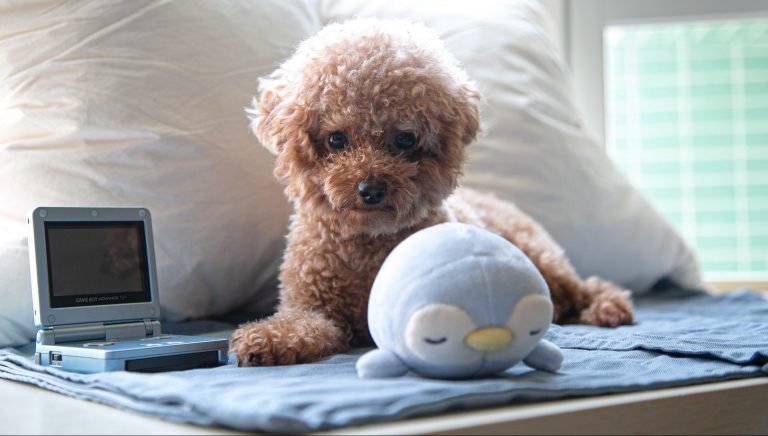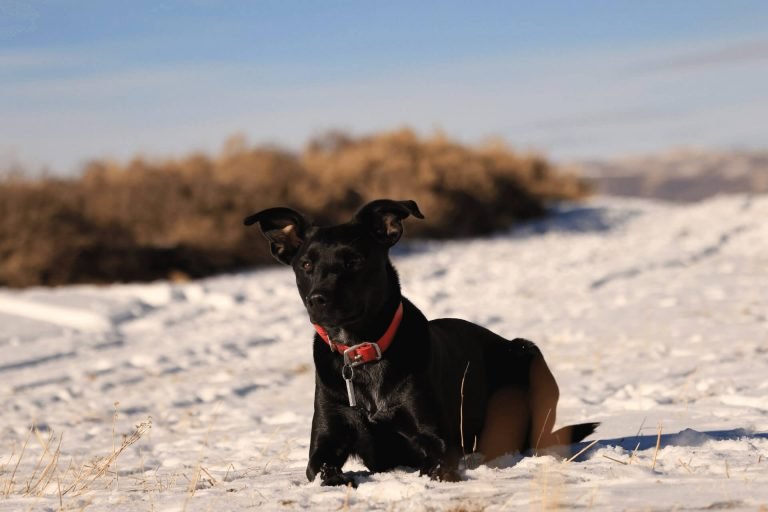How to get a puppy to sleep in a crate
Bringing home a new puppy. It’s exciting, right? Then comes the first night. Your new friend might cry when left alone. Many new puppy parents face this. Crate training can seem a bit new, but it’s a great way to help puppies and dogs learn.
Your puppy will get comfortable with a crate over time. This helps them understand things like boundaries, being safe, and even being independent. This guide shares our best tips for getting your puppy to sleep soundly in their crate.
Basic Needs for Crate Training
Before you begin crate training, you need to make some decisions. These choices will set your puppy up for success.
Choosing the Crate
The right crate size is important. Your dog should have enough room to stand up, sit down, turn around, and lie down comfortably. Pick a crate that will fit your puppy when it’s fully grown. Some crates come with dividers you can adjust as your puppy grows, which is helpful.
Do not get a huge crate thinking it’s better. A very large crate can make your puppy feel less secure. It might also lead to your puppy having accidents inside the crate more often. You can check out our guide to the best soft dog crates for more ideas.
Selecting the Spot
Place the crate in a calm spot. Keep it away from direct sunlight. Make sure no electrical wires, radiators, heaters, cooling vents, or harmful plants are nearby. Think about other pets in the house, outside noise, and any vibrating appliances. These can all affect where the crate should go.
Put the crate where you want your dog to sleep for good. If you don’t want your dog in your bedroom later, don’t put the crate there on day one. Your puppy will probably cry a lot on the first night. You must be firm. Don’t move the crate to your bedroom or let them out to sleep with you. Stay strong.
Placing items inside
Make the crate comfy. Choose soft bedding that keeps your dog warm. If your dog likes to chew, use veterinary bedding. This can be a good choice until they grow out of that habit.
Put some tough chew toys in the crate. This keeps your dog busy. It also helps stop them from chewing the bedding or other things outside the crate.
Steps to get your puppy to sleep in a crate
How long crate training takes can be different for each dog. This depends on their age, personality, and past experiences. We start crate training the first day a puppy comes home. We leave the crate open with toys inside so they can explore it during the day.
We also make sure our puppies sleep in the crate from the very first night. Starting this way helps your puppy learn that this is their safe, secure sleeping place at night.
Step 1: During the day
When your puppy arrives, it will explore its new home. Keep the crate door open. Put some toys or treats inside. This helps your puppy feel good about checking it out.
Practice closing the crate door. Sit near your dog and play with them while they are inside. This helps your dog get used to the door being shut. It makes the evening routine less stressful.
You can also try leaving the house for 5 to 10 minutes. Leave your puppy in the crate. Be sure your puppy has gone to the toilet before you leave. Don’t worry if they cry. Your puppy probably hasn’t been alone much before. This is a new experience. When you get back, let your dog outside. You can do several short training sessions like this each day. Slowly make the time your puppy stays inside longer, and the time you are away longer too.
Step 2: Before bed, let it go out
When you’re ready for bed on the first night, here’s what we do. You want your puppy to settle down without fuss. So, make sure everyone in your house is in bed before you put your dog into its crate.
Before you put your dog in the crate for the night, make sure it has plenty of time to go to the toilet outside. Walk them into the garden if needed to be sure they potty. After that, bring your dog inside. Take them straight to their crate once their outdoor activities are done. This helps them see the crate as a place to rest.
Step 3: Create a positive outlook towards the crate
As we talked about, make the crate a pleasant place. Use fun toys and comfy bedding. Let your dog go into the crate by themselves.
If your dog seems unsure, you can put treats inside to get them to go in. (We still give our dog a treat before bed, even after five years!) Use a special word or sound when they enter the crate. Then, give them a toy, a treat, or a food puzzle. This teaches them that entering the crate is a good thing.
Step 4: Close the crate, and immediately leave your puppy alone
Once your puppy is in the crate with the door closed, leave the room. Do not play with your dog. We just close the door, turn off the light, and walk away.
Your puppy will likely cry during its first few nights. It may seem difficult, but your puppy needs to learn to be alone. This is part of the training. Sometimes crying lasts all night. Other times, a dog stops crying within 30 minutes.
The most important thing is to leave your puppy alone. Do not go back to the crate. If you return, you are teaching your puppy that crying gets your attention. This is not the habit you want them to learn, especially early on.
Important Tips for Crate Training
Here are some helpful tips for successful dog crate training:
- Make sure your dog has playtime and goes to the toilet outside before every crate training session.
- Go slowly with crate training. This makes it easier for your pet to learn.
- Keep your goodbyes and hellos calm. This helps control your dog’s worry, eagerness, and excitement.
- Play soft music or use calming pheromones. These can help your dog relax in the crate.
- Give treats, food puzzles, and toys. This rewards good behavior.
- If your dog misbehaves, make sure any correction has nothing to do with the crate itself.
- Keep your dog busy with a food puzzle or toy for several minutes before you leave.
- If you must be out all day, hire a pet-sitter or use a doggy day-care.
- When you get home, only let your dog out of the crate when they are calm.
- Double-check that your dog’s crate is not near anything dangerous. This includes electrical wires or poisonous plants.
- Use a different word or sound to signal that your dog needs to go out for toilet breaks.
- Place the crate away from noisy, vibrating machines like washing machines or dishwashers.







